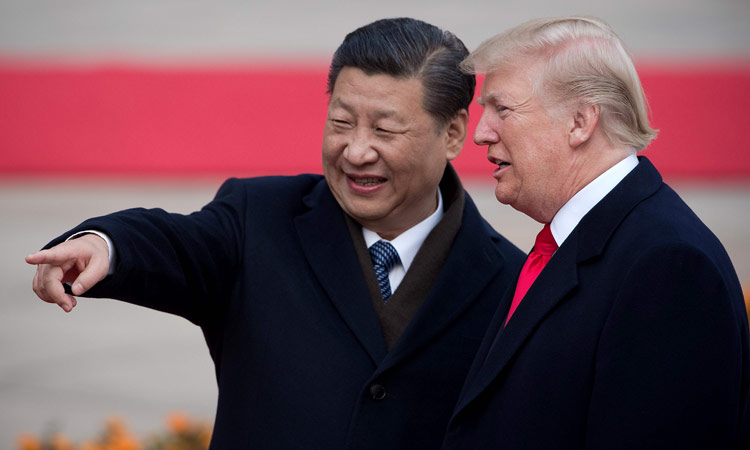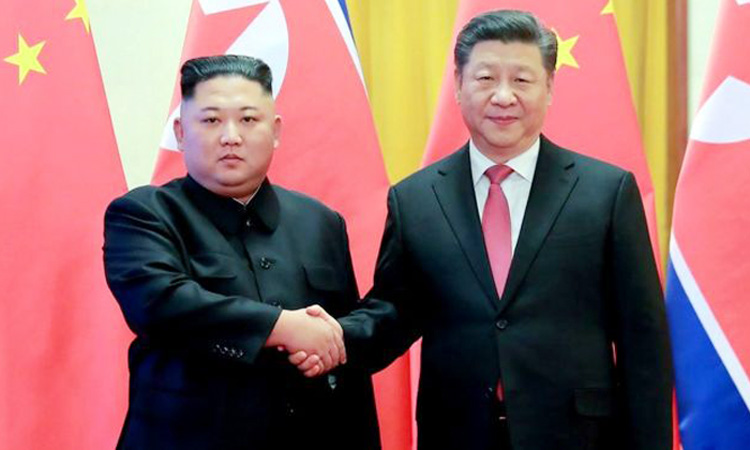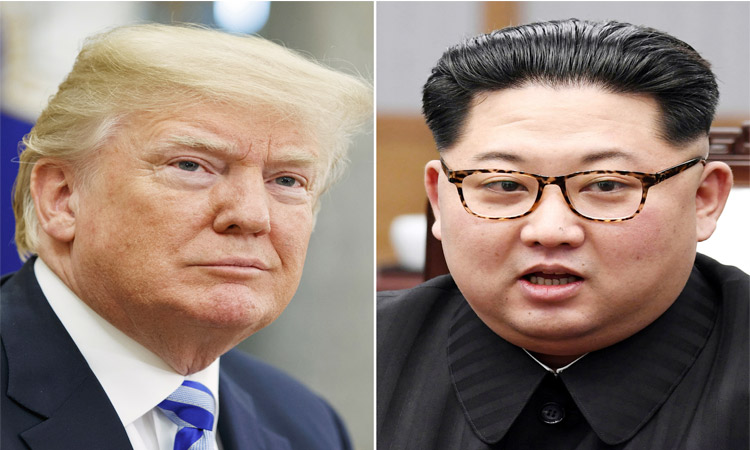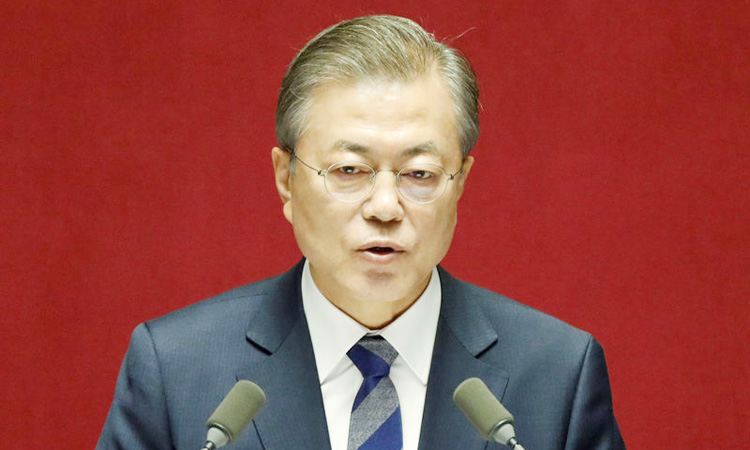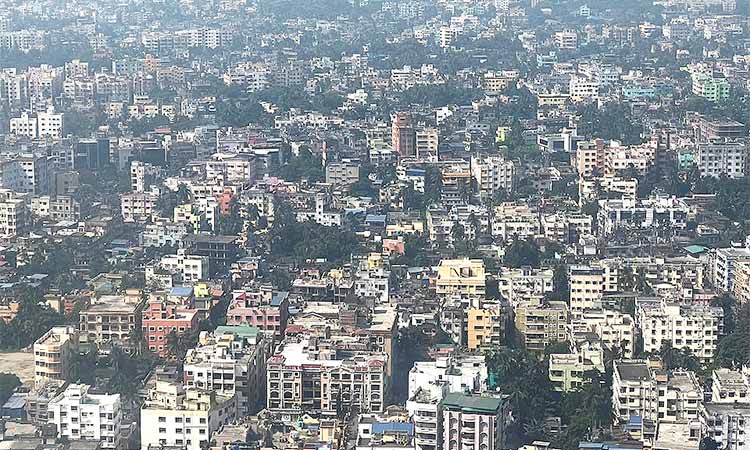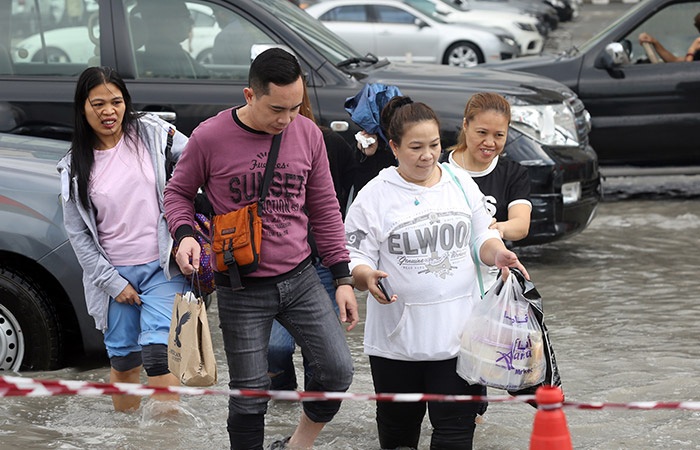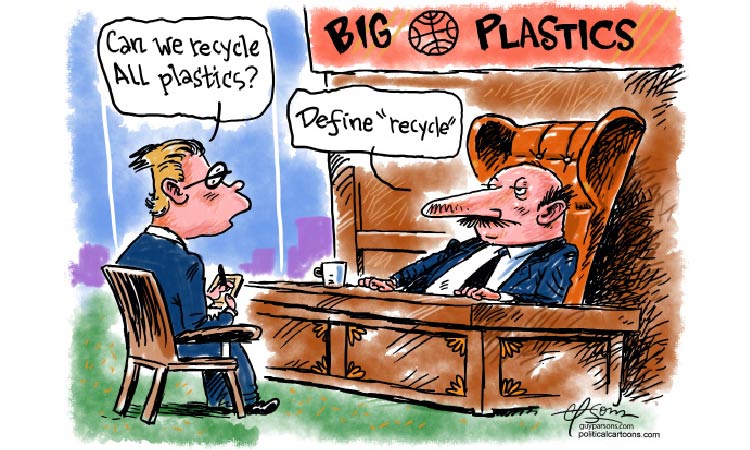In need of a strategic plan for a strategic alliance
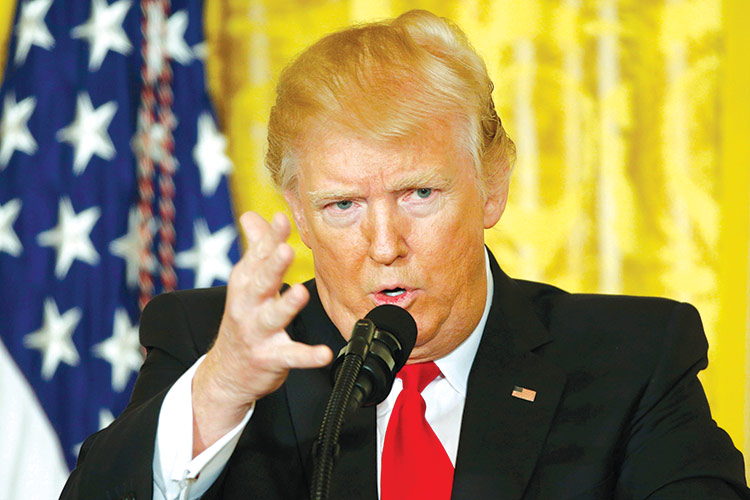
Donald Trump speaks to the media. File/AFP
Frank F Islam, Indo-Asian News Service
US President Donald Trump’s trip to the DMZ to meet with North Korean Supreme Leader Kim Jong Un and his conciliatory get together with Chinese President Xi Jinping at the G20 Summit in Osaka Japan got most of the headlines in the US and world press at the end of June and beginning of July. The most consequential conversations during that time period, though, may have been those held by Secretary of State Mike Pompeo during his visit to India before the Osaka summit and by President Trump and Prime Minister Narendra Modi at the Summit itself. Those discussions and the subsequent comments after them signaled that the India-US strategic partnership may be continuing to evolve in a positive direction.
Modi has diligently pursued the development of this partnership with the US. Much progress was made on that partnership during his first term. Near the end of 2018, Alice Wells, Principal Deputy Assistant Secretary of State for South and Central Asia, was quoted as saying that, “This has been a landmark year for US-India ties as we build out stronger relations across the board”.
This was high praise at that time. The partnership relation was strained as one moved into 2019, however. In April, a Congressional Research Service brief on US-India trade relations noted, “Bilateral tensions have increased over each side’s tariff policies.”
Then, on May 31 — the day after Modi was inaugurated to start his second term — the Trump administration announced that it was terminating India’s participation in the Generalized System of Preferences (GSP) which allows eligible developing countries to import to the United States duty free. Last year, the GSP accounted for approximately $5 billion of the $83.2 billion in imports India sent to the US.
India responded in mid-June by putting tariffs on 28 US products — many of them farm goods such as almonds, walnuts and apples of which India is a primary consumer. This tit-for-tat created substantial tension in the India-US relationship going into the G20 Summit.
Pompeo’s India visit and Trump’s interaction with Modi during the G20 meeting and an agreement to try to work together to resolve the trade issues relieved that tension considerably. The trade talk meeting is scheduled to be held in New Delhi in the week of July 8.
The G20-related soundbites have all been good. But soundbites will not advance the strategic partnership. What will be required is collaborative engagement and compromise. Fortunately, there are several factors that are aligning to promote this occurring. They include: the excellent trade performance between the two countries in 2018, India’s developmental needs; support in India for more expansive trade relationships; support in the US for an enhanced partnership; and, the China-US trade war.
Numbers published by the US Office of Trade Relations show that in 2018: US goods exports to India were $33.1 billion, up 28.9 per cent from 2017; US goods imports from India were $54.4 billion, up 11.9 per cent; the US-India goods trade deficit was $ 21.3. billion, a 7.1 per cent decrease.
The biggest challenge that India will have to address to become a major player on the world stage are significant developmental needs in areas such as job creation, education, healthcare, and climate change. India will not be able to address these issues alone. It will need substantial assistance and investments from the US and others to do so.
This need has been recognised and called to the attention of the Modi administration. Shortly after the election results were announced, a high-level advisory panel submitted a report to India’s Minister of Commerce and Industry recommending “rationalising India’s tariff structure to make it more predictable” and the creation of an Empowered Investment Promotion Agency.
There is substantial support in the US for closer ties and greater cooperation between the US and India as well. It comes from groups such as the US India Business Council at the US Chamber of Commerce and members of the Indian-American community who will work tirelessly to bring the two countries together.
Finally, there is the US-China trade war. This ongoing game of tariff oneupmanship is creating an opportunity for India to become a go-to nation for investments and increasing its exports. What is needed now is for representatives of the US and India to come together in a room to develop a strategic plan for the strategic partnership. In my opinion, there is only one obstacle to developing and implementing that plan successfully and producing great results for both nations.
That there is one person from the US who will not be in that meeting, who has a mind of his own, who does not work participatively, and who thinks reactively rather than strategically. That person could torpedo the US strategic partnership. If he does, we will need life rafts to keep the strategic partnership afloat until there is someone new at the helm.
